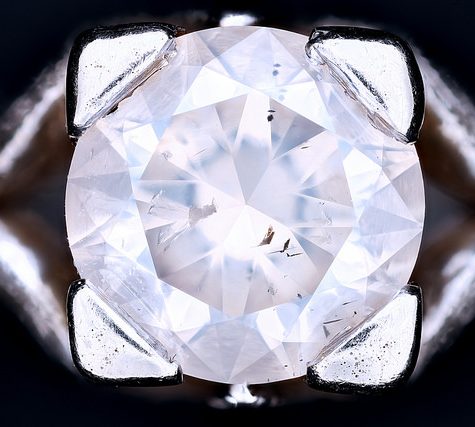GIA Laser Report Number
$19.00 – $400.001. Header of the Report – Who Actually Graded the Diamond?
The first detail to look for is the name of the issuing laboratory. The more well-known labs are GIA, AGS, EGL, IGI, and HRD but there are also plenty of other “specialty services” who issue reports too.
The more important question here is who uses these specialty services and why? You might have encountered the notoriously “cheap” diamond deals that come with obscure grading reports from “independent” appraisers or in-house gemologists.
The truth is, there are no deals here. These “cheap” diamonds are usually what they are; low quality diamonds that aren’t worth the fees of sending it to a proper lab for grading. Instead, unethical jewelers bank on the lax grading standards of “independent” appraisals and biased in-house reports to make low quality diamonds sound better on paper.
The bottom line is that you should only consider buying diamonds graded by GIA or AGS. The other labs have lenient standards and often over-grade diamonds for the benefit of the jeweler. For more information, you can refer to our article on the differences between gemological labs.
2. Report Number, Cutting Style And Measurements
The next detail you would notice is the report number, which is a unique series of digits for record keeping purposes. Most labs retain this number in their database in case you misplace your report and need a replacement. More importantly, this number also allows you to have a direct verification of the document via the gemological lab’s website.










